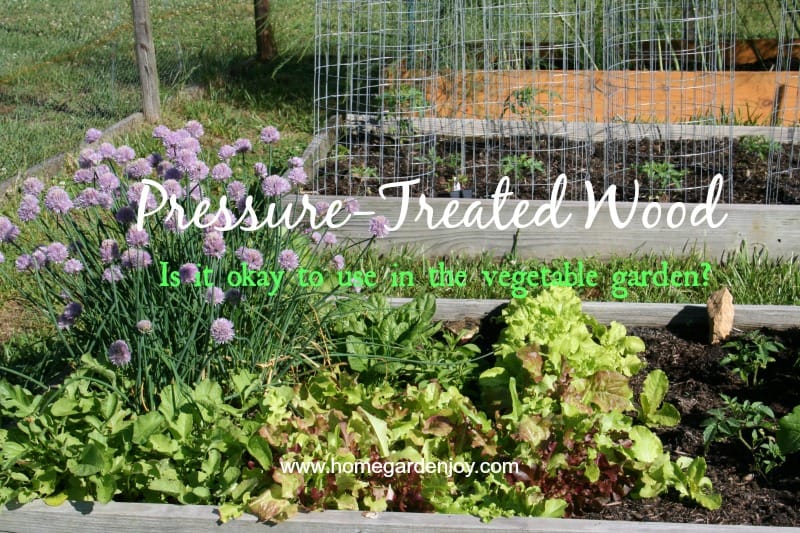
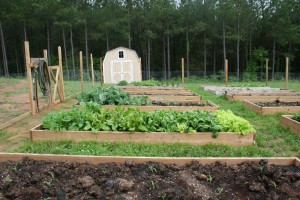
- Plant vegetables several inches away from the edges of the wood. The chemicals leaching into the soil cannot travel more than a few inches away from the source, so keeping vegetables away from pressure treated wood may help.
- Use sealants to keep chemicals from leaching out.
- Avoid cutting or sanding pressure treated wood, which exposes more surface area and chemicals.
- Replace pre-2004 wood, which may have been treated with arsenic, with newer products, or seal it with a wood sealant.
- University of California Division of Agricultural Sciences. Using CCA Preservative-Treated Lumber in Gardens and Landscaping.
- Tulare and Kings County Master Gardeners publication
- Linda Chalker-Scott, Ph.D., Extension Horticulturist and Associate Professor, Puyallup Research and Extension Center, Washington State University. The Myth of Protected Preservatives


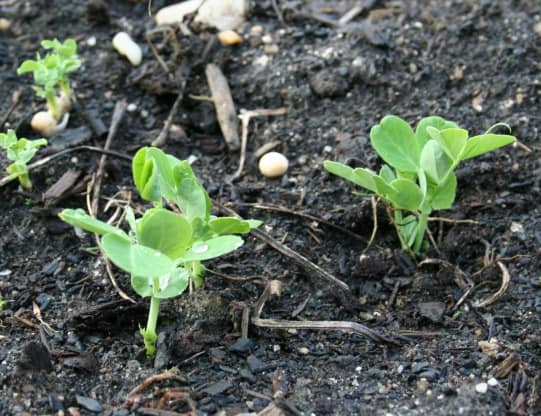
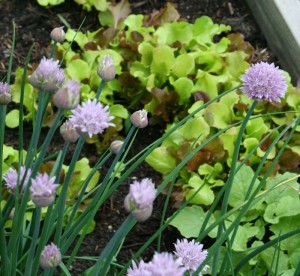
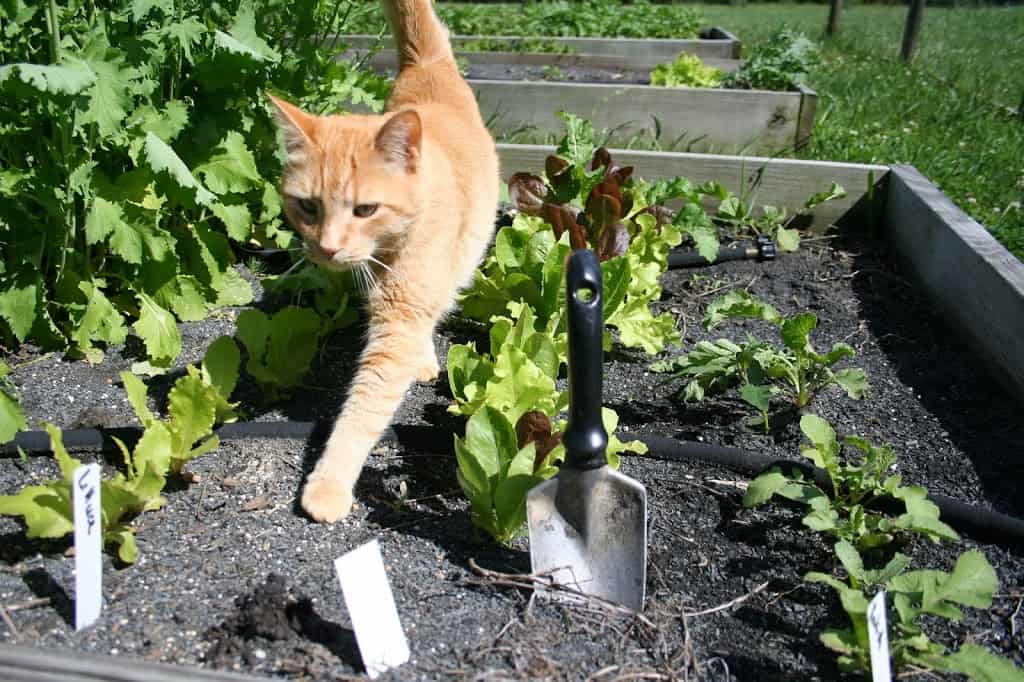
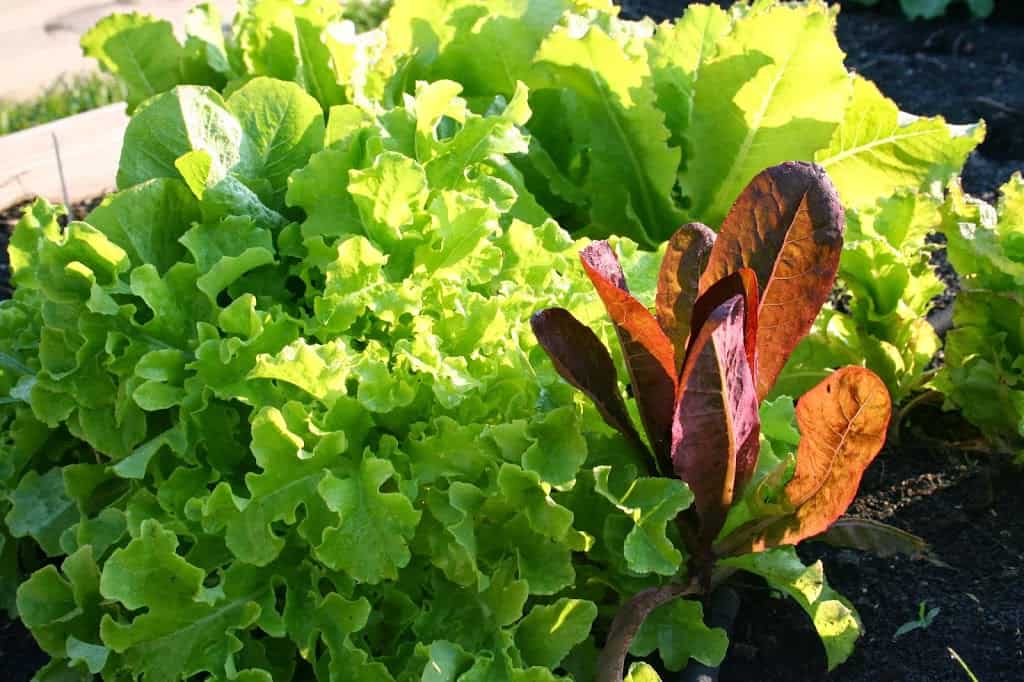





Last summer my landscape person built me two pressure treated lumber to be my vegetable garden. I was wondering if I am still worry about the chemicals leaching out, can I screw cedar wood inside the planter? Will that protect any chemicals that’s going to leach into the soil?
Hi Novice Gardener,
Adding wood inside the bed probably won’t do much. The research I linked to in this and other articles indicates that chemicals are only a worry very close to the edges of the bed itself. My best guess is to grow your veggies several inches away from the edges of the pressure treated wood. The new pressure treated wood doesn’t use the same chemicals as the older stuff, so it shouldn’t be as big a deal as it was years ago. Most of my beds are of pressure treated lumber. Good luck.